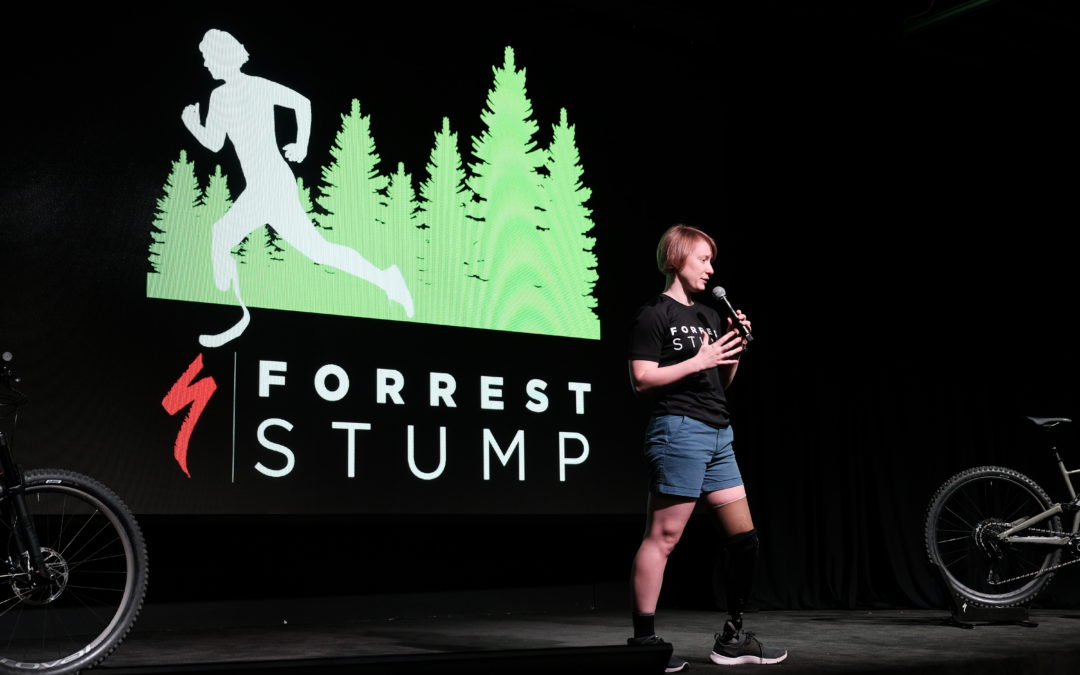Disability inclusion is more than just encouraging people with disabilities to participate. It’s about removing the barriers that limit participation.
This four-part post series is dedicated to a great friend and leader who asked himself that very question. His decision to take a stand for disability inclusion not only altered my trajectory as an athlete, but created a ripple effect of interest and involvement by his company, Specialized Bicycle Components.
You can support more disability conversations like these by making a donation to Forrest Stump. Together, we are building a positive future for the disability community!
How can we leverage the Innovation Center / R&D Test Lab to help create a properly designed cycling prosthesis?
After my presentation, one of Specialized’s engineers asked, “What is the best way to make a cycling prosthesis?” This was such a great question, and shows exactly why we need more conversations centered around disability, access, and sport.
The fact is, the majority of the time and investment by prosthetic manufacturers and prosthetists has been dedicated to perfecting technology related to “walking.” Because of limiting insurance policies that deem physical activity, such as running, as “not medically necessary” for amputees, there hasn’t been a market to expand this innovation. There are over 500 “walking” feet on the market in comparison to a little over 20 designs specific to running. For cycling, well, there are none.
However, we all know that mobility extends beyond just walking. It includes other complex activities like cycling, running, jumping, and skiing. Because the human body is incredibly intricate and amazing, researchers are still studying and learning new things every day about how to perfect the mechanics behind each of these movements. Unfortunately, however, the disability community is not being researched or included in these studies. And they are not being provided the appropriate medical technology to achieve this full range of motion that most able-bodied individuals take for granted each day.
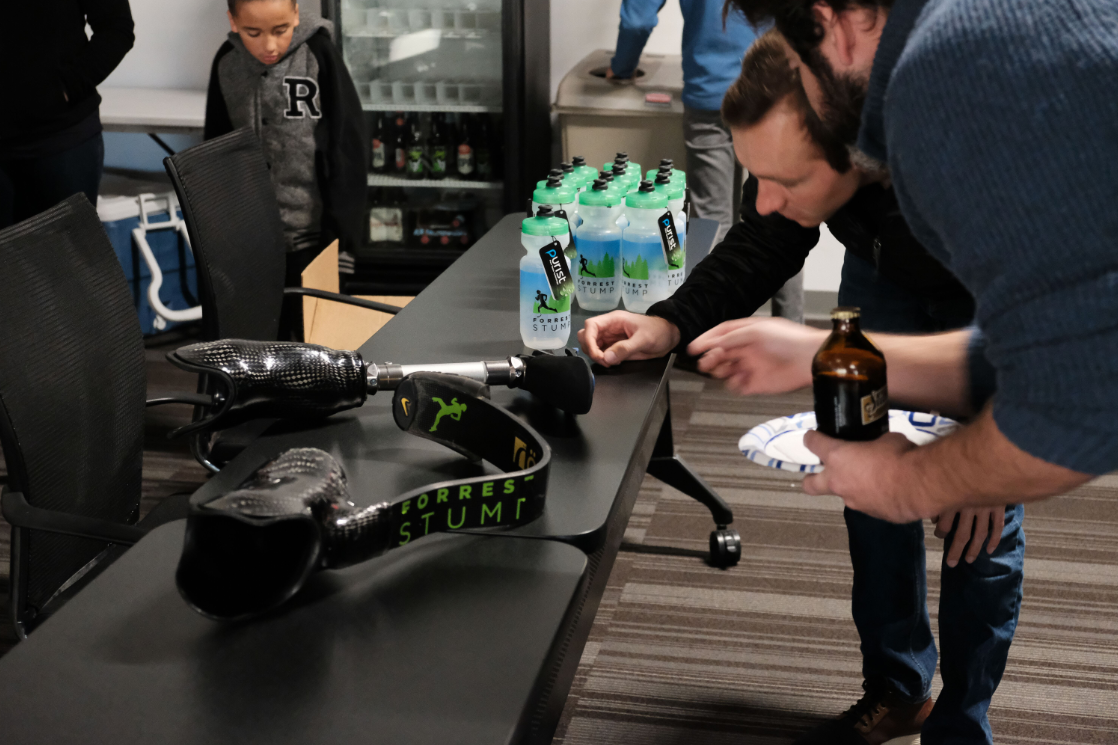
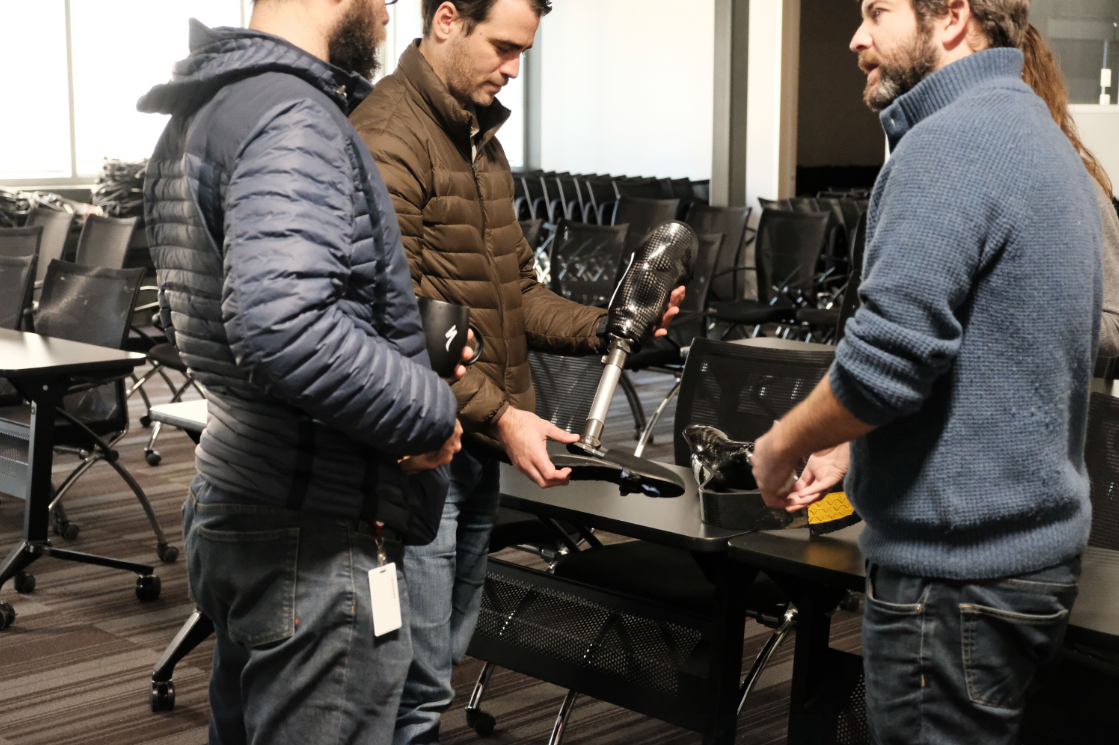
So, after explaining these outdated policies and market conditions, my short answer to him was this: “We honestly have no idea! There’s been a little bit of research on it, but the jury is still out. We could use your help to figure this out!” And that’s when the question “What can you do?” expanded from an “N of 1” with Greg, to the rest of his team.
I was then approached by Greg’s colleagues Justin, Nadia, Katie, and Andy who are engineers at Specialized. They wanted to give us a tour of their Innovation Center / R&D Test Lab, and talk about how we could partner to make the best cycling leg out there.
As you can imagine, I was ecstatic. And Natalie, an engineer, researcher, and prosthetist, was totally geeking out at their facilities. They literally had everything you could possibly need to design and test something.
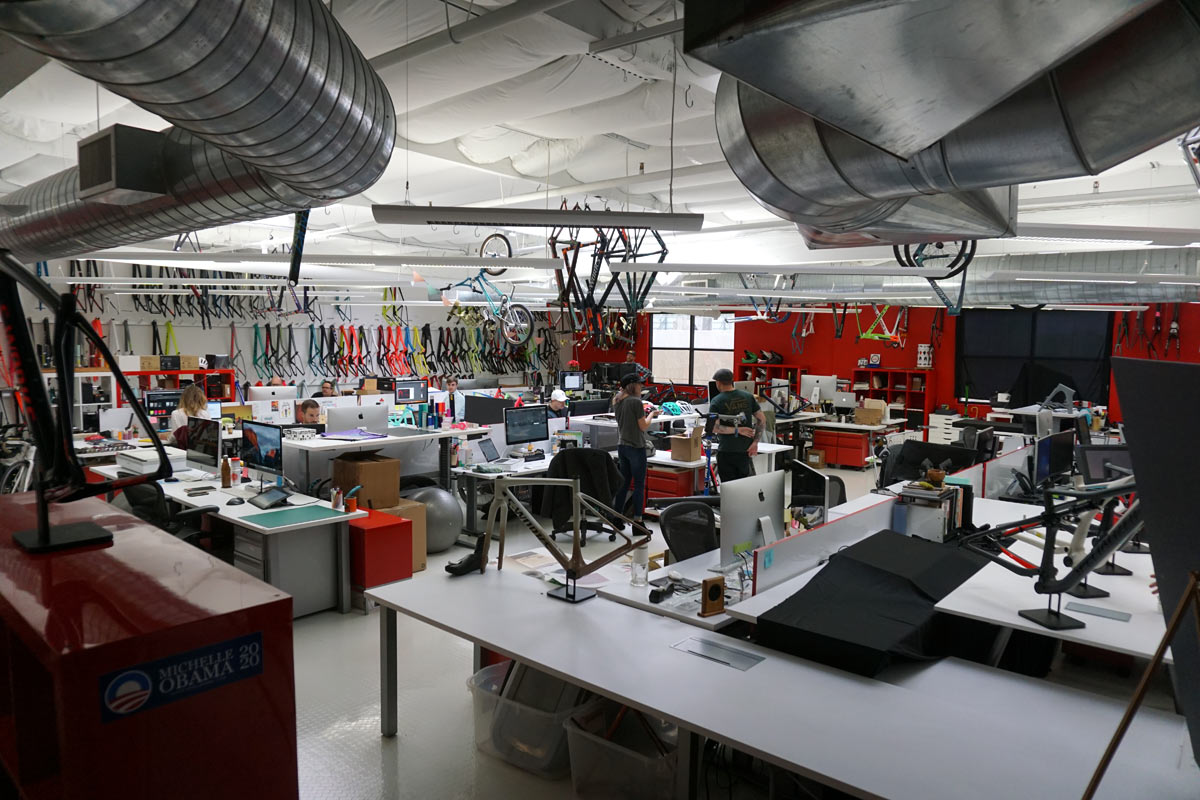
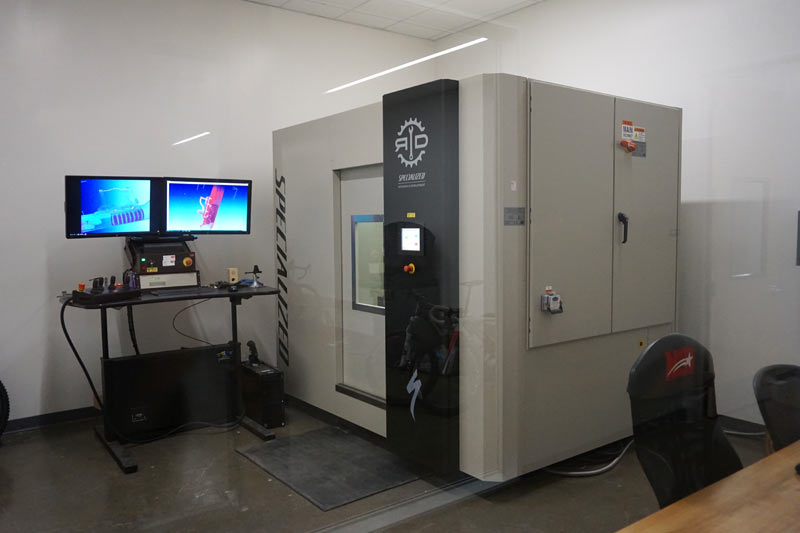
There was the Industrial Design Center, where product developers work on hundreds of sketches, constantly iterating and coming up with new ideas. And their R&D Lab had everything from 3D printers (to rapid prototype things in plastic) to CT scanners (to check out carbon layups in a frame) to milling machines.
We even considered scanning my running blade in the CT machine! (Side note: Why, you ask? Well, while trail running a few months back in Tucson, Arizona, I nicked it on a large boulder and now there is crack through the carbon fiber blade. The crack is right at the spot where most running blades fail, which obviously is concerning, but we’re not sure how deep the crack is or how soon it could fail. The CT scanner would allow us to see that, and is similarly used for looking at cracks in carbon fiber bike frames.)
They also have a Carbon Fiber Lab, which has a lot of overlap with prosthetics, and their Test Lab puts bikes through stiffness and durability testing to ensure everything is safe. On the wall is written “Innovate or Die.”
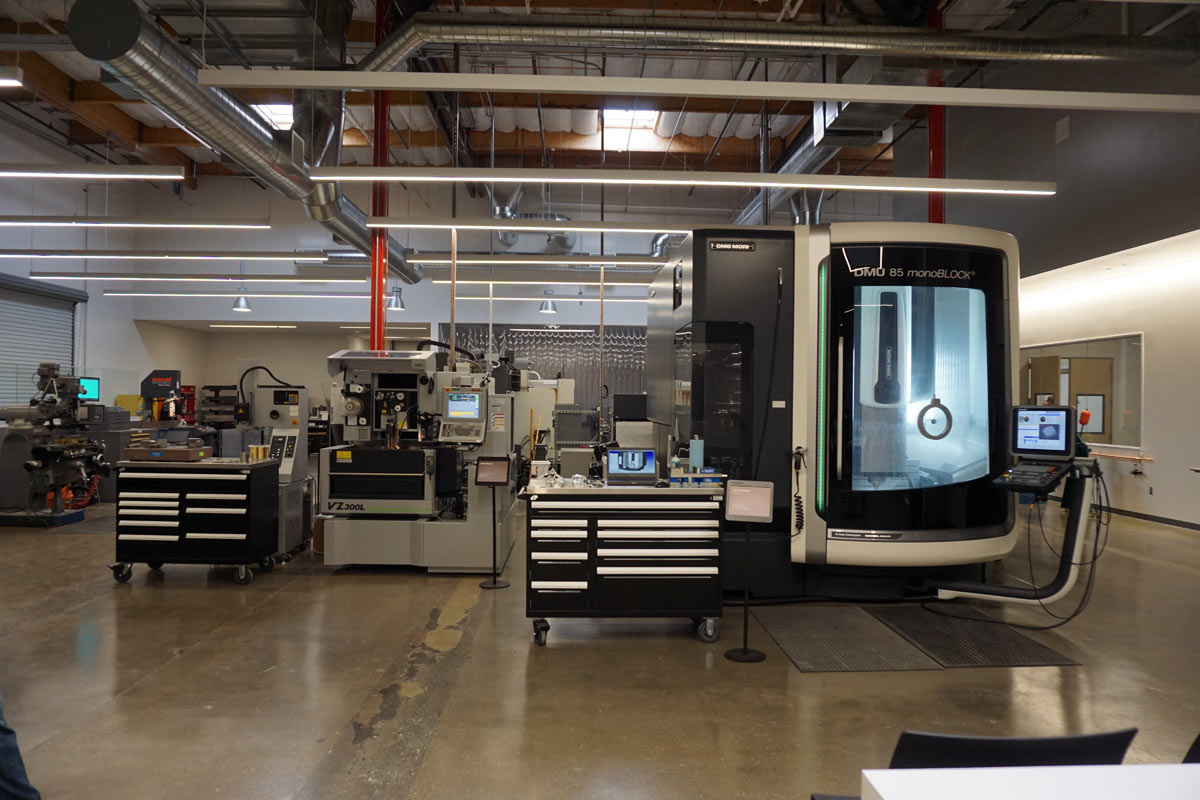
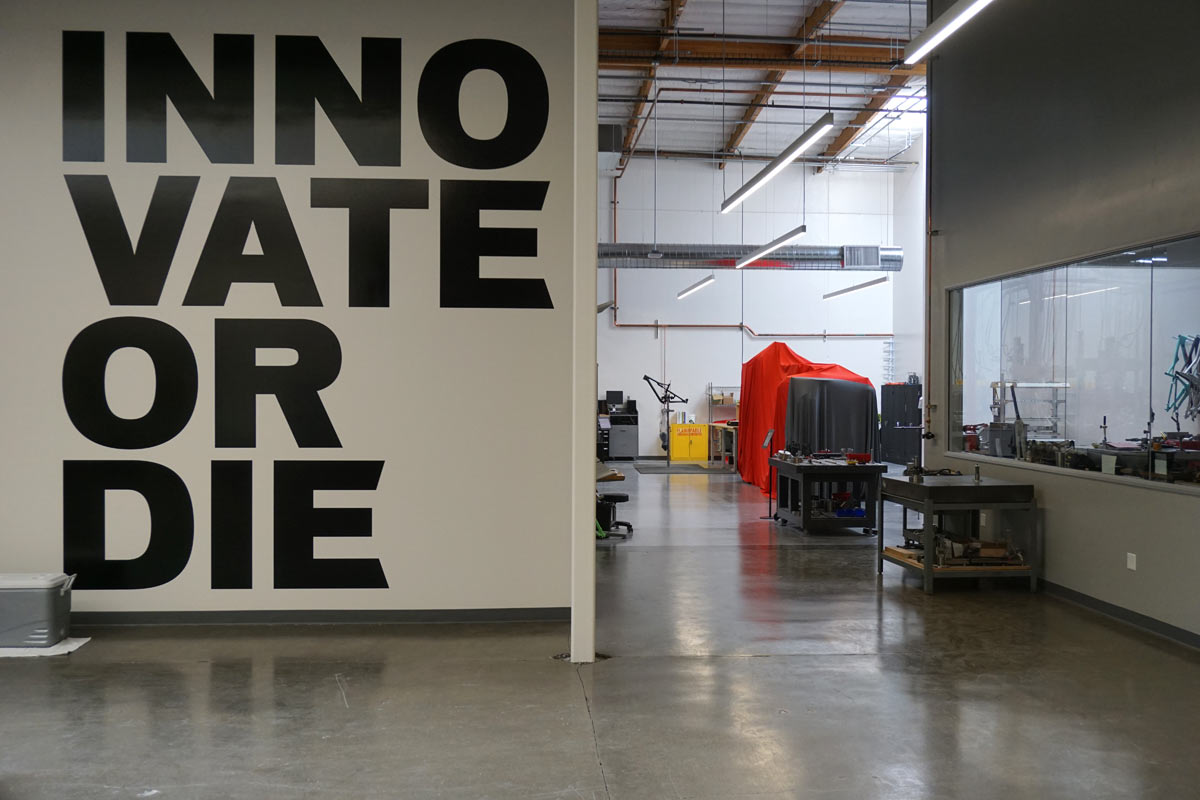
As we finished up our tour, it became clear the overlap in bike engineering and prosthetics, minus the medical knowledge, which is of course, the most critical component. Even still, this was such an exciting concept and our brains were twirling with ideas. Perhaps we could call our cycling leg the Stumpjumper (jokingly), which is the name of Specialized’s trail bike.
Although this partnership is still in its infancy, these conversations affirmed something for Forrest Stump: inclusion comes in many forms, and people get excited about helping other people. Helping make it possible for more people to buy your product is not only good for business, but it can provide deeper meaning for your employees when they’re involved in the process.
Did you miss any of the articles in this four-part series? Scroll through the posts below and click “Read More” to find the ones you missed.
Want to support these efforts or more disability conversations? Consider making a donation to Forrest Stump, or contact Nicole Ver Kuilen (nicole@forreststump.org) to learn about gift opportunities. Want to bring Nicole into your own company? Shoot her an email with an idea!

